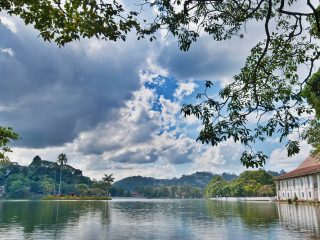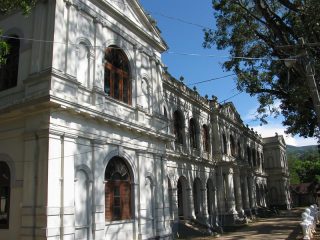Mui Ne in Vietnam is famous for its sandy openings to the South China Sea and as a home of spectacular Vietnam resorts more than anything else. However, this is not to say that shuttling between a typical resort’s spa, restaurant and the beach is all there is to life while in Mui Ne. In fact, many would not describe the abodes in Mui Ne as ordinary as the range includes remarkable properties such as the Anantara Mui Ne Resort and Spa. Being a country with a history spanning well over a thousand years, there is plenty of culture and history and analogous to other destinations in the region, there are a myriad of natural blessings bestowed upon Mui Ne that demand discovery.
The Tower of Po Shanu is one such site that remains in its disintegrated form to firmly convey to the world the stature and grandeur of the days of yore. While restoration efforts have been more disparaging than helpful, archaeologists have been able to trace the golden stone spires back to the era of the Cham Empire. Chams or Cham people are known to have inhabited many areas in the region including parts of Cambodia and to date have a culture of their own, though not in its original form due to invasions and influences of other cultures.
The exact purpose of the edifice is not agreed upon by experts, but everyone agrees that the intricate carvings, the two decorated towers and the ruins around them are a proud legacy of Vietnam. The large open space that extends from the stone columns is covered in shrubbery, undergrowth and weeds. From the extent of the land and the effort that seems to have been poured in to the construction of the Po Shanu towers, many feel that these are constituents of an old civilization’s citadel.
Damon Starky is a creative nomadic travel writer, who is well informed and experienced on a wide range of interests that would connect to the needs of any type of traveler.








